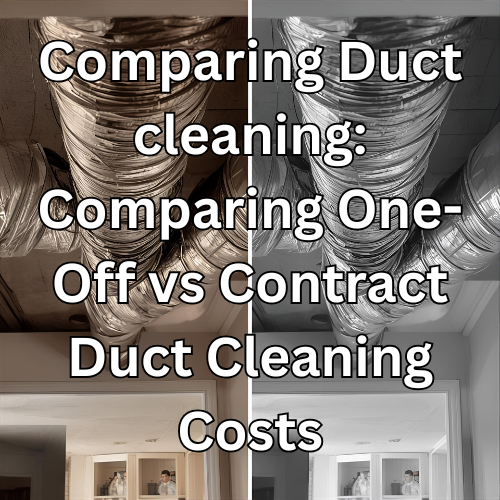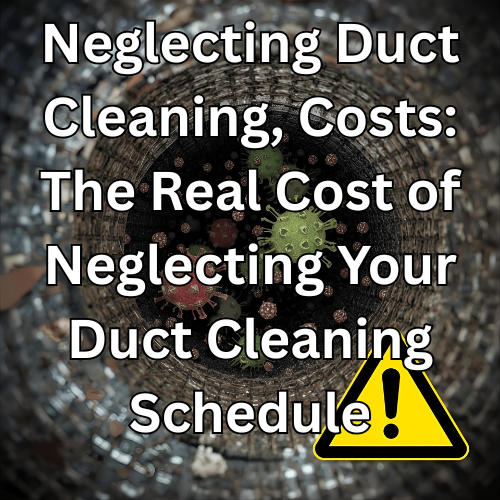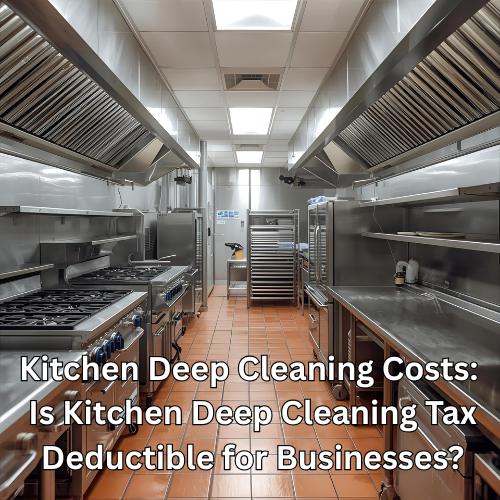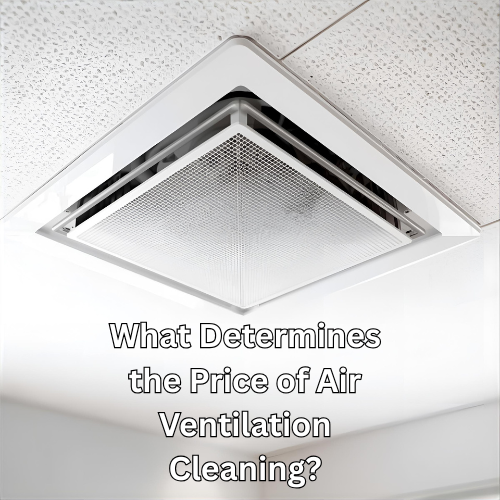If you manage a commercial kitchen, office building, or any premises with ventilation or ductwork systems, you’ve probably heard of BS 9999 — but what does it actually mean, and why does it matter to you?
Every week, we speak to facilities managers, landlords, and business owners who ask the same thing:
“Is BS 9999 the law — and how do I make sure we’re compliant?”
This guide breaks it all down for you.
By the end, you’ll know:
- What BS 9999 actually covers
- How it affects your fire safety obligations
- What role ventilation and duct cleaning play
- And how to stay fully compliant — without overpaying
Let’s make BS 9999 simple.

What Is BS 9999?
BS 9999 is the British Standard for Fire Safety in the Design, Management and Use of Buildings.
It provides a structured, risk-based approach to fire safety — covering everything from building layout and escape routes to ventilation, fire dampers, and system maintenance.
Think of it as the gold standard of how fire safety should be planned, documented, and maintained in UK buildings.
Unlike general fire safety advice, BS 9999 gives precise guidance on:
- How to reduce fire risk through better building design
- What maintenance and cleaning schedules should be followed
- How systems like kitchen extract ducts and ventilation networks must be kept free from fire hazards
And that’s where professional duct cleaning — carried out to NAAD21 standards — comes in.
Why BS 9999 Is So Important for Businesses
Under the Regulatory Reform (Fire Safety) Order 2005, you are legally required to take reasonable steps to reduce fire risk in your building.
BS 9999 provides the framework to do exactly that.
Following it helps you:
✅ Prove compliance to insurers and regulators
✅ Reduce the risk of fire spreading through ducts or vents
✅ Protect staff, customers, and property
✅ Keep accurate maintenance and inspection records
In short: BS 9999 isn’t just a best practice — it’s the benchmark that keeps you safe and legally protected.
How BS 9999 and NAAD21 Work Together
Many building owners think that following BS 9999 simply means installing fire extinguishers or updating risk assessments.
But the standard goes deeper.
It specifically references fire safety in ventilation systems, including the cleaning and maintenance of extract ductwork — especially in commercial kitchens.
That’s where NAAD21 comes in.
- BS 9999 sets the fire safety management standard.
- NAAD21 provides the technical cleaning and verification process that proves compliance.
Together, they show your insurers, inspectors, and fire officers that you’ve met your legal obligations.
What Happens If You Ignore BS 9999?
Non-compliance with BS 9999 doesn’t just put people at risk — it can cost you dearly.
If a fire occurs and your ventilation systems aren’t properly maintained, insurers can reject claims, and authorities can issue enforcement notices or fines.
In some high-profile cases, businesses have even faced prosecution after fires traced back to grease-filled or unmaintained ductwork.
The reality is simple:
If your ductwork isn’t cleaned and certified to NAAD21 standards, you cannot prove BS 9999 compliance.
What a BS 9999-Compliant Duct Clean Looks Like
When your kitchen extract or ventilation system is cleaned to BS 9999-aligned standards, here’s what you should expect:
- Full pre-clean inspection to assess system risk
- Access panel checks and safety review
- Mechanical cleaning of ductwork, fans, and canopies
- Verification to NAAD21 standards
- Photo-documented report showing compliance with BS 9999 fire safety principles
This documentation is your proof of compliance — the paper trail insurers and inspectors look for.
Who Needs to Follow BS 9999?
While BS 9999 applies to a wide range of buildings, it’s especially relevant if you manage:
- Commercial kitchens and restaurants
- Hotels and hospitality venues
- Hospitals and care facilities
- Office buildings with complex HVAC systems
- Shopping centres and retail units
- Schools, universities, and colleges
If your building includes any mechanical ventilation or kitchen extract, then BS 9999 applies to you.
A Real-World Example: Avoiding a Compliance Nightmare
A property manager in Sheffield recently contacted us after failing a routine fire safety audit.
Their inspector noted that while their risk assessment was up to date, there was no evidence of recent duct cleaning.
That meant they couldn’t prove compliance with BS 9999.
Our team carried out a full NAAD21 clean, provided photographic verification, and issued a compliance report that satisfied the insurer and fire officer — all within 48 hours.
Result?
✅ Fire safety restored
✅ Insurance reinstated
✅ Full BS 9999 compliance achieved
How Often Should You Review BS 9999 Compliance?
Fire safety is an ongoing responsibility, not a one-time box tick.
We recommend reviewing your BS 9999 compliance annually — or sooner if:
- Your kitchen usage increases
- Your system layout changes
- You add or remove extract fans
- You have an insurance renewal or fire inspection coming up
Staying proactive saves you from costly surprises later.
Why Businesses Trust Certified BS 9999 Partners
Working with a certified NAAD21 cleaning provider gives you:
✅ Expert engineers trained in BS 9999 fire safety standards
✅ Documentation for insurers and auditors
✅ Peace of mind that your system is fire-safe and compliant
✅ Transparent, fixed pricing — no hidden extras
We don’t just clean ducts.
We protect your compliance and your reputation.
Final Thoughts — BS 9999 Made Simple
BS 9999 isn’t a mystery or a burden.
It’s a practical framework that keeps your people, property, and business safe.
By pairing BS 9999 fire safety management with NAAD21-certified duct cleaning, you create a verifiable record of compliance that insurers, inspectors, and fire officers all recognise.
If you’re unsure whether your system meets BS 9999 standards — or if your documentation’s out of date — now’s the time to act.
📞 Get a Free Quote
and receive a free BS 9999 compliance check (worth £99).
🔍 Summary: Key Takeaways on BS 9999
- BS 9999 is the UK’s gold standard for fire safety in buildings.
- It requires proper maintenance and verification of ventilation and extract systems.
- NAAD21 cleaning provides the evidence you need for compliance.
- Certified documentation protects you from legal and insurance risk.
📞 Get a Free Quote today to make sure your building meets the BS 9999 standard.





